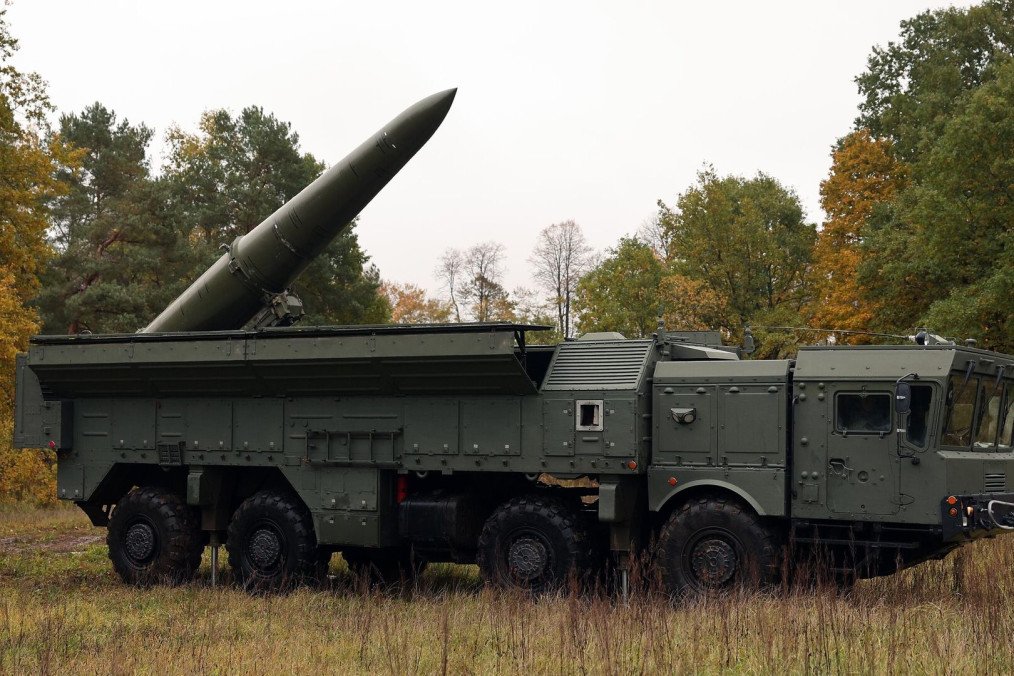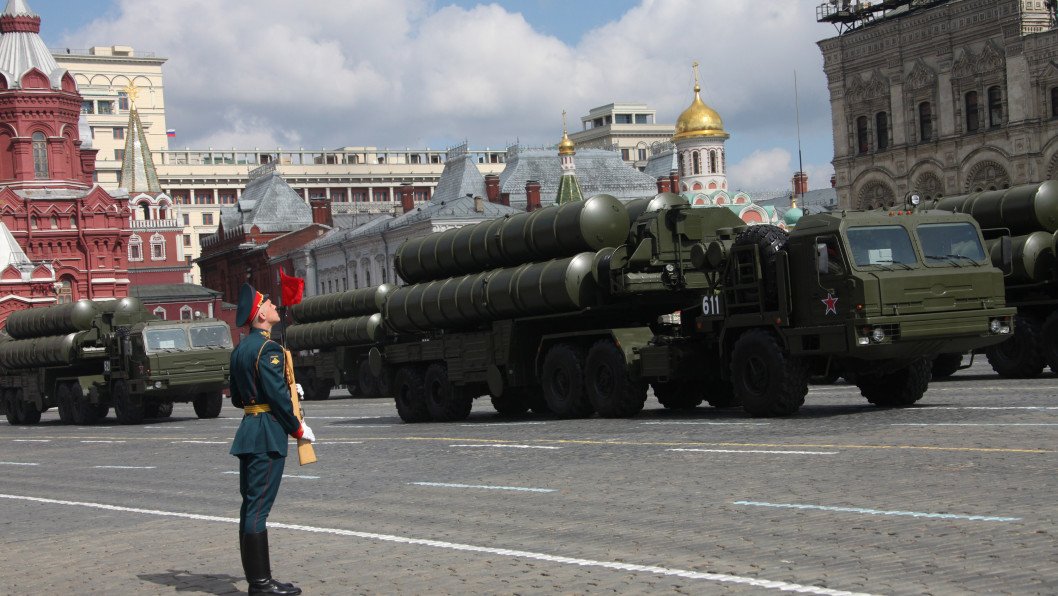- Category
- Latest news
Russia Triples Deadly Iskander Missile Output Using Chinese Machines

Russia has significantly increased the production of its Iskander ballistic and cruise missiles by acquiring advanced manufacturing equipment from China, Taiwan, and Belarus, bypassing international sanctions through intermediaries.
According to a Kyiv Independent investigation published on June 24, more than 700 Iskander missiles were produced in Russia over the past year—nearly three times the number manufactured in 2023.
The increase was made possible by importing computer-controlled milling and lathe machines critical for missile manufacturing, many of which originated in China and were delivered via Russian private companies acting as intermediaries.
The equipment was primarily supplied to the Votkinsk Plant, a key missile production facility serving Russia’s strategic forces.
-3336ca785df0ebe3e84fa8baef71d263.jpg)
Despite being sanctioned by the US and its allies, the plant expanded its capacity throughout 2023 and 2024 by constructing new workshops, hiring 2,500 additional workers, and acquiring over 7,000 new pieces of equipment.
Among the imported machines were CNC systems branded by Taiwanese company Ecom and manufactured in China, as well as equipment from Chinese producer WMT CNC Industrial Co. Some contracts were worth several million dollars, financed through Russian state subsidies issued in late 2022.
The investigation found that eight out of ten known machinery contracts involved shipments from mainland China. Customs records confirmed that the equipment reached Russia via firms like the Ural Machine Tool Company and the First Construction Company.

While the plant primarily assembles Iskander-K cruise missiles and Iskander-M ballistic missiles—both of which have been widely used in attacks on Ukrainian territory—its expanded capabilities also include production of intercontinental ballistic missiles such as the Yars and Bulava, designed to deliver nuclear warheads to targets thousands of kilometers away.
Russia’s use of Iskander missiles has intensified. In 2024, over 245 strikes using this system were recorded across Ukraine—4.5 times more than in 2023. By mid-2025, Russia had already launched more than 180 such missiles. Yet, according to Ukraine’s military intelligence, this volume of use is still below Russia’s current production rate.
As a result, Russia is now believed to hold a stockpile of around 600 Iskander-M ballistic missiles and 300 Iskander-K cruise missiles—sufficient for approximately two years of continued operations at the current pace.
In addition to machines, China has also become a key supplier of raw materials used in missile production.
-5cfe500b47bddc9bdd0e4d15da08ac6d.jpg)
The Kyiv Independent reviewed findings from Ukraine’s Economic Security Council, which linked the Votkinsk Plant to Chinese-origin titanium products used for engine components and aerodynamic controls, as well as other missile-grade materials.
Though the Iskander program relies on a network of over ten Russian enterprises to produce individual components, the expansion of the Votkinsk facility marks a central element in Russia’s broader missile production effort.
Analysts note that the upgraded equipment can be used for both short-range systems aimed at Ukraine and long-range nuclear missiles capable of striking targets in Europe and North America.
Earlier, on June 17, Russia was reported to have upgraded its Iskander-K (R-500) missiles with 16-element Kometa-M anti-jamming antennas, enhancing their resistance to GPS disruption during strikes on Kyiv, according to Defense Express.


-ce9a134791207c81306f56ab3d75ffb6.jpg)
-72b63a4e0c8c475ad81fe3eed3f63729.jpeg)
-45ed3be17a7bb74903649ed9258196f8.jpg)

